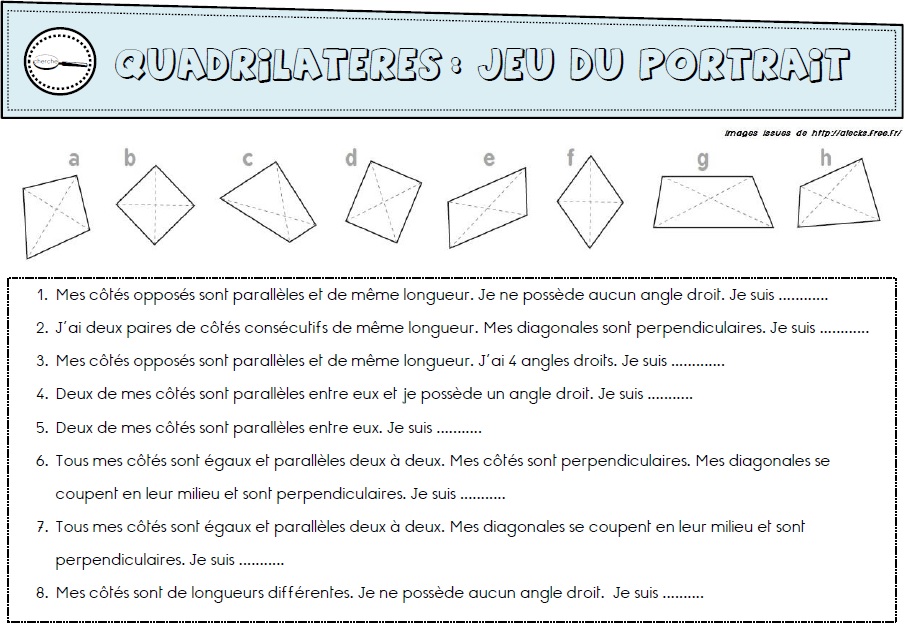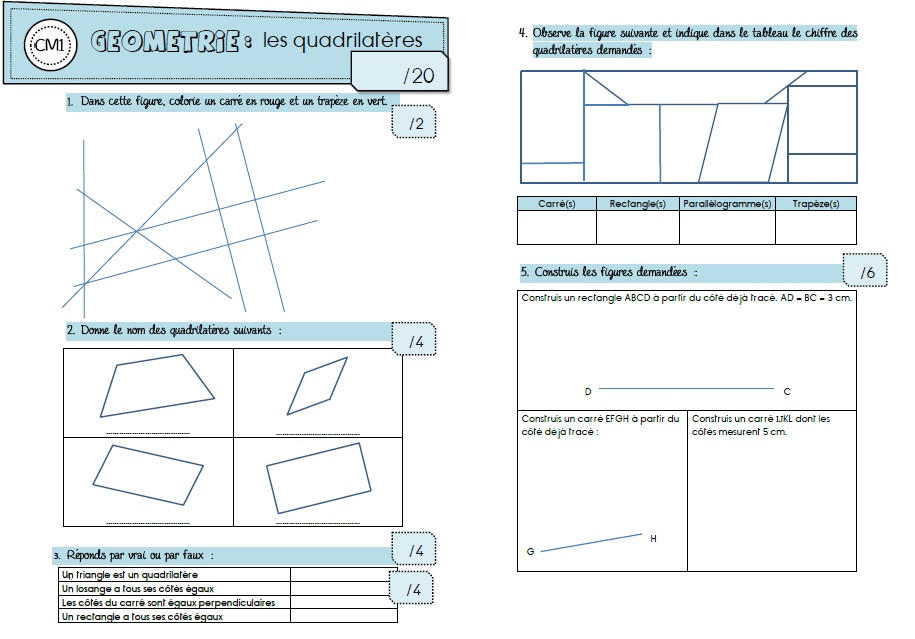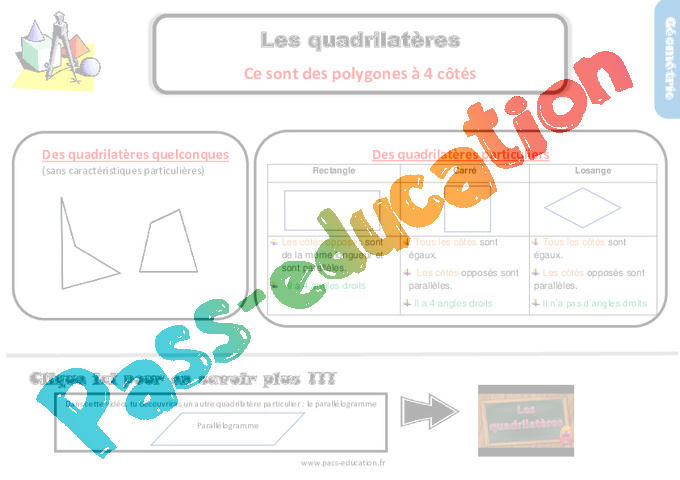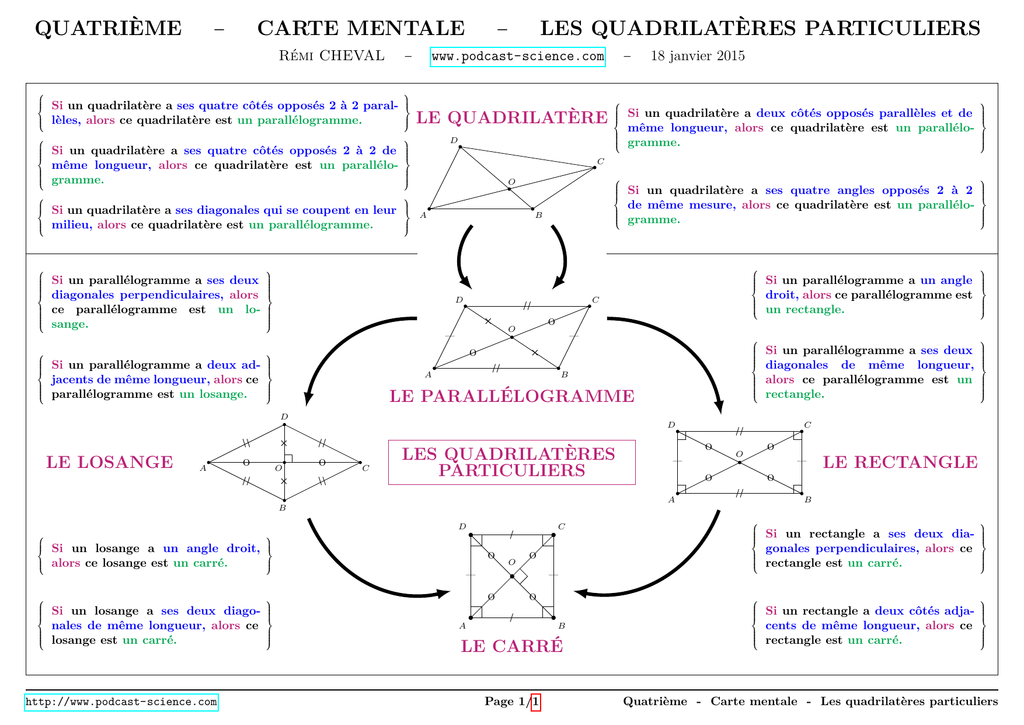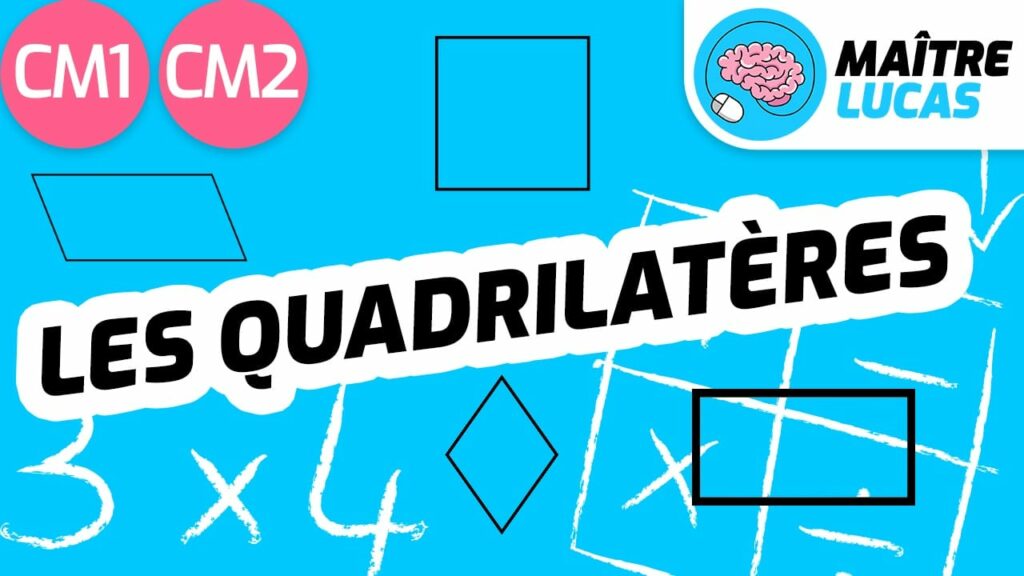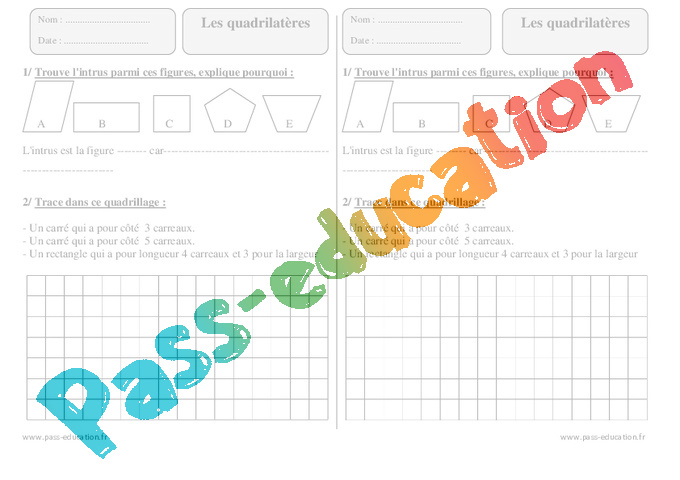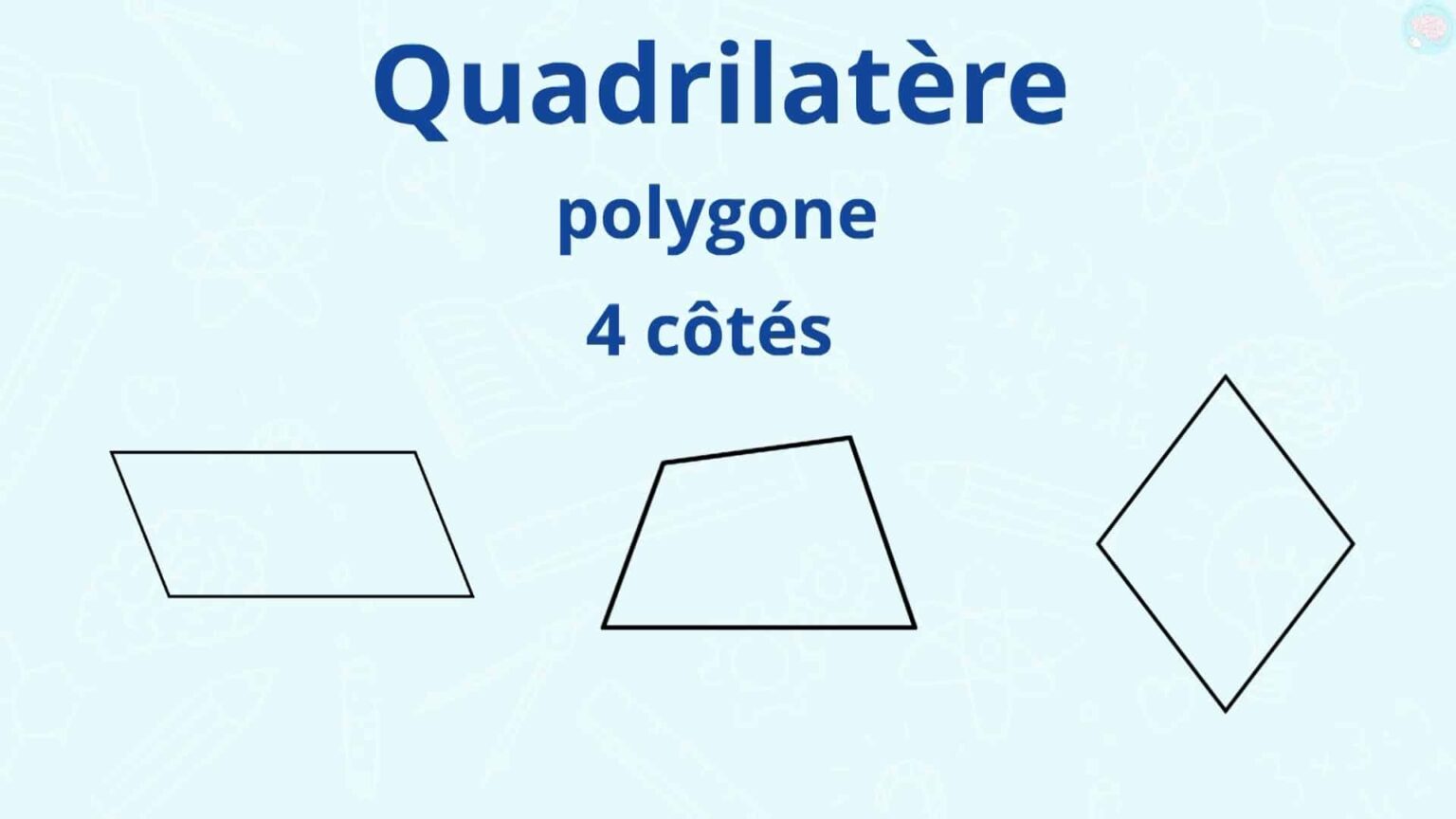Exercice Quadrilatère Cm1 Avec Correction Pdf
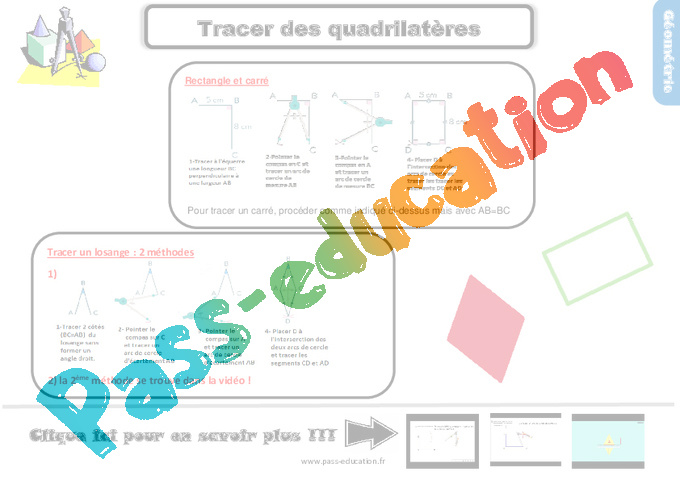
Okay, picture this: me, at my kitchen table, coffee lukewarm, staring blankly at a geometric shape. Not my usual Saturday morning vibe, right? Why? My niece, Léa, had cornered me. "Tonton! Help! Quadrilatères... *please*?" Apparently, fifth grade (CM1 in France, folks!) geometry is no joke. And even more apparently, her joke was "Make Tonton suffer through this quadrilatère nightmare!" Ah, family.
Turns out, quadrilatères (that’s quadrilaterals in English, for those of us who haven’t brushed up on our high school French lately) are a bigger deal than I remembered. And Léa's homework? A series of exercises, printed from a – wait for it – *PDF*!
Which led me to a thought: lots of parents (and slightly-rusty uncles like yours truly) must be in the same boat. So, let's talk about those CM1 quadrilateral exercises, and, more importantly, where to find them *avec correction* (with the answer key!). Because let's be honest, sometimes *we* need the answer key more than the kids do. Right?
Finding Quadrilateral Exercises for CM1
The internet, bless its chaotic heart, is overflowing with CM1 resources. Finding good stuff can be a bit of a treasure hunt, though. You want exercises that are:
- Appropriate for the CM1 level: No need to dive into advanced trigonometry just yet! Stick to the basics: identifying squares, rectangles, parallelograms, rhombuses, and trapezoids.
- Clearly explained: Exercises with confusing wording will just add to the frustration.
- And most importantly: Accompanied by a *correction pdf*! Seriously, don't skip this. It's your sanity saver.
So where to look? Here are a few starting points:
- Educational Websites: Sites like "L'École des Juliettes," "Ressources pour les Profs," or even typing "exercice quadrilatère CM1 correction PDF" into your favorite search engine can turn up some gems. Watch out for the .pdf extension! That's what you are aiming for.
- School Books and Manuals: Sometimes, the best resources are the old-fashioned ones. If Léa's school book doesn't have enough practice exercises, your local library or bookstore might have supplemental workbooks.
- Tutoring Websites: While often paid services, many tutoring sites offer free sample worksheets that can be useful.
Why the "Correction PDF" is Your Best Friend
Let's be real. You’re helping your child (or niece, in my case) with their homework, but that doesn't mean you remember *everything* from your school days. The "correction PDF" (the answer key, basically) allows you to:
- Check your child’s work accurately. Makes sense, right?
- Identify areas where your child (or you!) might be struggling. Is it always a parallelogram they're misidentifying? Time for a quick review!
- Explain the concepts clearly and confidently. No more fumbling around trying to remember the difference between a rhombus and a square! The correction gives you the knowledge!
Pro tip: Don't just give your child the answers! Use the correction to guide them through the problem-solving process. Ask questions like, "Why is this shape a rectangle?" or "What are the properties of a parallelogram that helped you identify it?" Make it a learning experience, not just a copying exercise!
Quadrilatères: Not as Scary as They Seem
Okay, so maybe quadrilatères aren't the most thrilling topic in the world. But with a little perseverance, the right resources (hello, "correction PDF!"), and a dash of patience, you can help your child (or impress your niece!) conquer their geometry woes. And who knows, you might even learn something new yourself. I certainly did. Now, excuse me, I have to go explain the definition of a kite to Léa. Wish me luck! (And maybe send coffee.)
